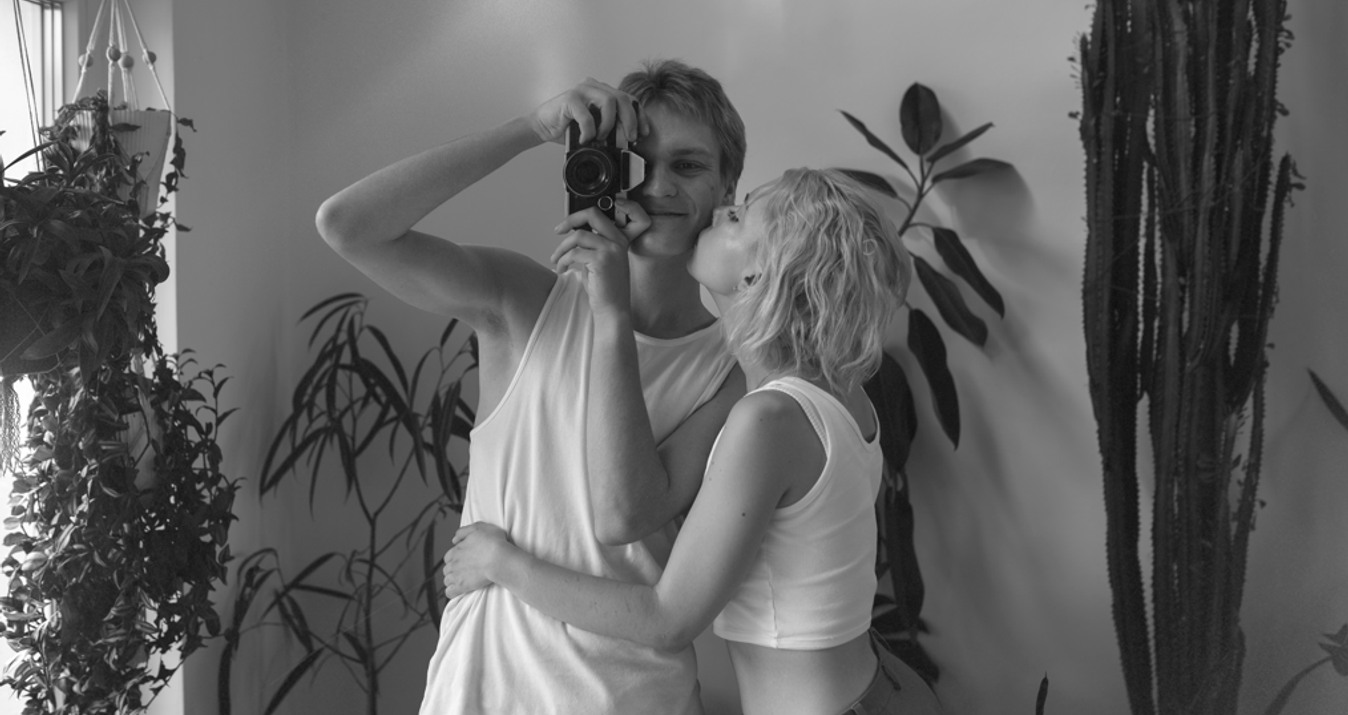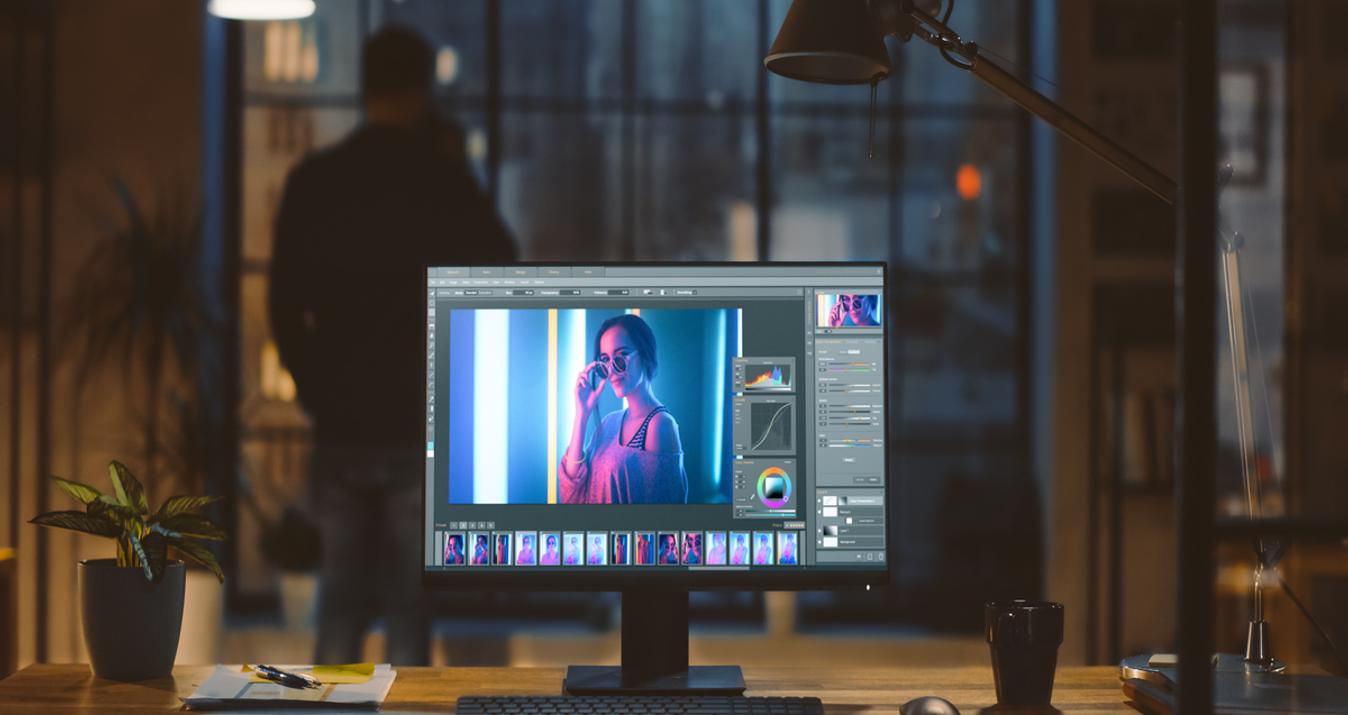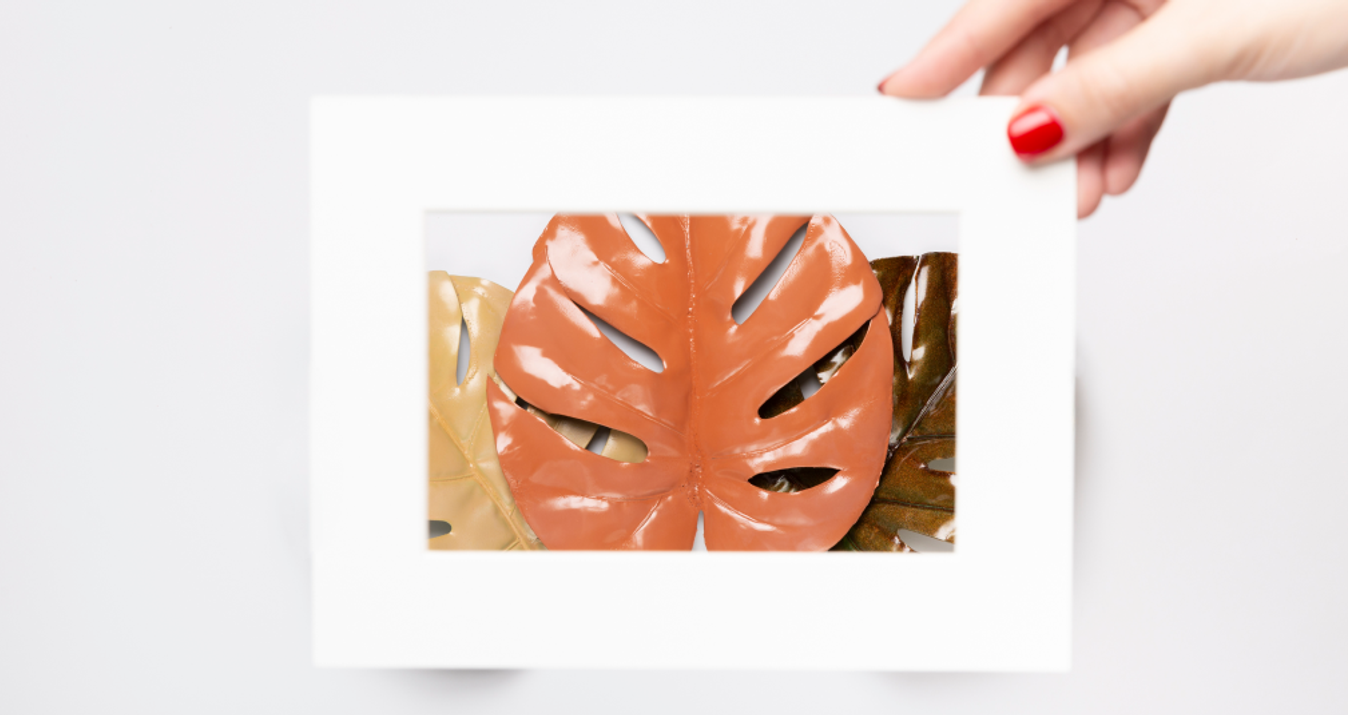Urban Nature Photography: Find the Unexpected Beauty in Your City
December 02, 2024

Discover the beauty of urban nature photography! Explore green spaces in your city and learn tips to capture stunning images of nature amidst the concrete.
In an effort to make our cities more environmentally friendly and incorporate more green spaces into urban life, you’ll find more plants, trees, and flowers in cities than ever before. Modern cities are driving this initiative, and you may have noticed it yourself while walking through the streets—more natural life now adorns building walls, and parks are springing up where once stood drab grey concrete structures.
In Seoul, for example, the city transformed a disused overpass into a green space, where people can now walk, free from traffic, and enjoy nature right in the heart of the bustling metropolis. This is fantastic news for photographers, who can now discover nature within the city and create stunning images that blend urban and natural environments.
In this article, we’ll highlight ways to find these green spaces, along with tips on how to capture great photographs.
Why Urban Nature Photography
 Urban nature photography provides a unique opportunity to blend natural and man-made elements, creating both striking contrasts and the chance to tell captivating stories through your images. A splash of greenery in street photography can be a powerful compositional tool, whether to frame subjects or lead the viewer’s eye towards them. Nature’s presence in urban settings adds layers of depth, making each photograph more dynamic and engaging.
Urban nature photography provides a unique opportunity to blend natural and man-made elements, creating both striking contrasts and the chance to tell captivating stories through your images. A splash of greenery in street photography can be a powerful compositional tool, whether to frame subjects or lead the viewer’s eye towards them. Nature’s presence in urban settings adds layers of depth, making each photograph more dynamic and engaging.
While some may not be drawn to urban landscapes, introducing nature into these scenes can help viewers discover beauty in the most unexpected places. The juxtaposition of nature against concrete and steel can evoke emotions of tranquility and wonder, making the photograph feel like a bridge between two worlds. Moreover, your images may inspire others to seek out hidden green spaces in the city they never knew existed, or encourage them to remain alert to moments of nature during their commutes or walks in the city.
Another benefit of urban nature photography is its accessibility. City-dwellers often struggle to find the time or means to visit remote natural locations, but discovering nature within the city offers the chance for photographers to practice their skills and capture what they love closer to home. As urban areas become greener, photographers are among those who benefit from the increased presence of nature in the city.
Tips for Discovering Urban Nature
 Now it’s time to locate these hidden natural spaces. An easy method is to use the map application on your phone—zoom in, and parks and gardens should appear clearly as green spaces. Most modern cities are home to numerous parks with well-maintained gardens, making it easy to find nature within the city.
Now it’s time to locate these hidden natural spaces. An easy method is to use the map application on your phone—zoom in, and parks and gardens should appear clearly as green spaces. Most modern cities are home to numerous parks with well-maintained gardens, making it easy to find nature within the city.
But what about those lesser-known areas? In this case, I have some useful tips for you. I hope that at least a few of them will be useful to you when discovering hidden places in your hometown. Or in a new one you visit, who knows!\
Exclusive Tools of Endless Possibilities in One AI Editor
Explore Now!Tip #1. Explore Plant-Covered Buildings

One golden tip for discovering nature beyond parks and gardens is to look at new buildings. Plant-covered structures are becoming increasingly popular in modern cities, not only for their environmental benefits but also for their aesthetic appeal compared to bare concrete walls or glass façades. Some buildings are covered with thousands of plants, transforming them into vertical gardens. While not every building will be fully covered, you may notice that certain areas feature greenery, creating small natural retreats in unexpected places.
Tip #2. Spot Greenery Around Shops and Rooftops
While these examples highlight larger-scale green initiatives, you can also zoom in to find more subtle elements of nature. Many shops or restaurants display flowers and plants to create attractive, eye-catching entrances. Rooftop gardens on apartments and office buildings are becoming more common as well, and you may be able to access these spaces or catch a glimpse of them from nearby vantage points.
Tip #3. Keep an Eye Out for Nature’s Resilience
 Flowers and plants often find their way through cracks in pavements or along walls. Insects and birds may also make surprise appearances, offering fleeting moments to capture with a quick snap. With a sharp eye and a sense of curiosity, you’ll be amazed at the tiny ecosystems that thrive within the city’s concrete landscape.
Flowers and plants often find their way through cracks in pavements or along walls. Insects and birds may also make surprise appearances, offering fleeting moments to capture with a quick snap. With a sharp eye and a sense of curiosity, you’ll be amazed at the tiny ecosystems that thrive within the city’s concrete landscape.
Tip #4. Embrace Seasonal Changes in the City
 Another fantastic feature of urban nature is the shifting of the seasons, which provides fresh perspectives throughout the year. Make a note of the places you’ve visited, and return in different seasons to capture the transformation. City streets lined with cherry blossom trees or roads carpeted in autumn leaves are prime examples of nature’s beauty in urban settings. In winter, bare trees can create a moody atmosphere, offering a stark contrast to the vibrant greens and blooms of summer. Nature performs year-round, and you have the chance to document its ever-changing beauty—even in the city.
Another fantastic feature of urban nature is the shifting of the seasons, which provides fresh perspectives throughout the year. Make a note of the places you’ve visited, and return in different seasons to capture the transformation. City streets lined with cherry blossom trees or roads carpeted in autumn leaves are prime examples of nature’s beauty in urban settings. In winter, bare trees can create a moody atmosphere, offering a stark contrast to the vibrant greens and blooms of summer. Nature performs year-round, and you have the chance to document its ever-changing beauty—even in the city.
Tip #5. Discover Riverside Nature
 Finally, rivers running through cities offer another golden opportunity to capture nature. Many cities have created walkways or gardens along their rivers, offering ideal spots to observe nature and potentially even wildlife. These riverside areas, often lush with plant life, provide a serene escape from the busy urban landscape.
Finally, rivers running through cities offer another golden opportunity to capture nature. Many cities have created walkways or gardens along their rivers, offering ideal spots to observe nature and potentially even wildlife. These riverside areas, often lush with plant life, provide a serene escape from the busy urban landscape.
So, as you explore, not only should you look for gardens and parks using your map, but also keep your head up to spot new buildings that may have embraced the vertical garden trend. And while you’re scanning for greenery above, don’t forget to look down—nature has a way of popping up in the most unexpected places.
Techniques for Capturing Urban Nature
 Now that you’ve found the perfect spots to shoot, it’s time to create some photographs, right? There are several methods you can use to ensure your images are captivating and print-worthy. Here are some key techniques to consider:
Now that you’ve found the perfect spots to shoot, it’s time to create some photographs, right? There are several methods you can use to ensure your images are captivating and print-worthy. Here are some key techniques to consider:
1. Contrast
The juxtaposition of natural life in an urban setting is still somewhat unfamiliar to many of us. We often associate nature with rural or remote areas, while cities are seen as concrete jungles. As cities evolve, capturing this stark contrast can make your photos stand out and tell an immediate story. While city parks might lean more towards nature than urban elements, look for locations where greenery is integrated into architecture—such as buildings with plants in their structure or rooftop green spaces. Aim for a 50/50 balance between nature and the urban environment, or focus on those moments where nature pushes through, like a flower sprouting through a crack in a wall. This kind of imagery effectively highlights the contrast that defines urban nature photography.
2. Framing
Nature can serve not only as the subject of your photos but also as a compositional tool. Use a gap in the trees to frame a subject, scene, or cityscape. Alternatively, use urban structures—like the space between buildings—to frame natural elements. These moments create an engaging twist, offering a fresh approach to urban nature photography.
3. Leading Lines
Just like framing, leading lines can be used to draw the viewer’s eye toward a specific subject, scene, or cityscape. You can use nature—like the curve of a tree branch or a path through a park—to guide the viewer’s attention, or you can reverse this, using urban features to lead the eye toward a natural subject, such as a bird or a patch of greenery. Even birds in flight, heading towards a building, can create natural leading lines that enhance the composition.
4. Lighting
As with any form of photography, lighting is key. The time of day can dramatically alter the mood and tone of your images. For soft, warm light, aim to shoot during golden hour—early in the morning or late in the afternoon. This magical period bathes everything in a gentle glow, adding warmth and depth to your photos. If you’re looking for a moody, atmospheric feel, cloudy or rainy days are ideal. The rain can deepen the tones of the greenery, and overcast skies create a more subdued, introspective mood. For high contrast and dramatic shadows, shoot in the middle of a bright, sunny day. This strong light can create bold, striking images, especially when photographing the interplay between nature and the urban landscape.
5. Close-ups and Macro Photography
If your goal is to focus solely on nature within the city, consider getting up close. Use a zoom lens or a macro lens to capture the intricate details of nature—whether it's the texture of a leaf or the patterns on a flower. By zooming in on these elements, you can highlight the delicate beauty of nature even in the midst of a bustling city.
The beauty of urban nature photography is that it invites endless creativity. Whether you’re capturing the contrast between nature and the built environment or focusing on the finer details of greenery in an urban setting, you have the opportunity to showcase the surprising and harmonious relationship between these two worlds.
Ideas to Look For
 Here are 10 ideas to inspire your next trip into the city. Beyond parks and gardens, urban environments provide ample opportunities for nature photography:
Here are 10 ideas to inspire your next trip into the city. Beyond parks and gardens, urban environments provide ample opportunities for nature photography:
- Vines creeping up building walls: Capture the beautiful contrast of nature thriving alongside urban structures, creating a dynamic composition.
- Reflections of trees in glass buildings: Use the reflective surfaces of city buildings to highlight natural elements like trees, plants, or even birds, creating a visually striking image.
- Vertical gardens: Seek out modern buildings that embrace the trend of adorning their façades with plants and trees, transforming urban spaces into green vertical landscapes.
- Urban wildlife: While pigeons, sparrows, and squirrels are common city dwellers, keep a lookout for more elusive creatures like the urban fox or other wildlife that might venture into the city.
- Seasonal changes: Document the same spot throughout the year to capture the transformations brought by each season, creating a unique collection that showcases the beauty of nature in the city.
- Moss or lichens: Look for moss and lichen growing on stone or concrete. This is a great way to incorporate natural textures into your shots while highlighting nature’s persistence in urban settings.
- Nature reclaiming urban spaces: Seek out abandoned or rundown buildings being reclaimed by nature. These sites provide both striking visuals and powerful storytelling opportunities.
- Urban miniature gardens: Some buildings have created their own small green spaces, such as rooftop and balcony gardens, or greenery at the entrance. These can offer hidden gems of urban nature.
- Flowering plants in cracks: Highlight nature’s resilience by capturing plants and flowers growing in unexpected places, like cracks in pavements or walls. Keep a sharp eye out for these subtle yet impactful moments.
- Birds perched on streetlights or signs: Capture the relationship between humans and nature by photographing birds using urban elements, such as streetlights or signs, as places to rest.
The possibilities for urban nature photography are truly endless. Keep an eye out for these special moments and be open to discovering even more unexpected beauty in the city.
The Bottom Line
There is still plenty of natural beauty to be found within urban landscapes, providing photographers with the opportunity to capture nature even when they can't venture into rural environments. While parks and gardens are obvious choices, keep an eye out for hidden pockets of greenery, such as vertical gardens on buildings or even plants growing through tiny cracks in the pavement.
Think about how you can use nature as both a subject and a compositional tool, and be mindful of the time of day you're shooting, as lighting can dramatically alter the mood of your photos. There may be more nature in the city than you realise, so grab your camera, seek out these hidden gems of urban beauty, and enjoy the shoot!






